Mythologized, Idealized, Modernized: The Human Figure in Western Art
Teaching Gallery
The human body—depicted nude, in allegorical form, in portraiture, or as an object mediated by the effects of modernization—is one of the oldest and most important subjects in Western art. This Teaching Gallery exhibition brings together diverse representations of the figure, ranging from ancient Greek and Roman objects, to Renaissance prints, to modern painting and sculpture. This dynamic array allows for an exploration of a wide range of stylistic approaches to the depiction of the human body, while also providing a glimpse at the variety of forms and materials employed by artists across the centuries. These include the Nolan Amphora (475-465 BC), a Greek wine vessel depicting an erotic chase; Albrecht Dürer’s engraving Christ on the Cross (1508); Sir Peter Paul Rubens’s chalk and gouache drawing Parade of the Captured Chiefs (1600–8); Louis Gauffier’s charcoal drawing Study of a Male Nude (1786); James Ensor’s oil painting Christ Tormented (1888); and Jean Dubuffet’s found driftwood sculpture Bearded Head (1959).
Mythologized, Idealized, Modernized: The Human Figure in Western Art is organized by Jennifer Padgett, an MA candidate in the department of Art History and Archaeology, in conjunction with the course “Introduction to Western Art,” offered by Washington University’s Department of Art History & Archaeology in summer 2011.
Selected works

Hermonax Painter
Nolan Amphora
475–465 BC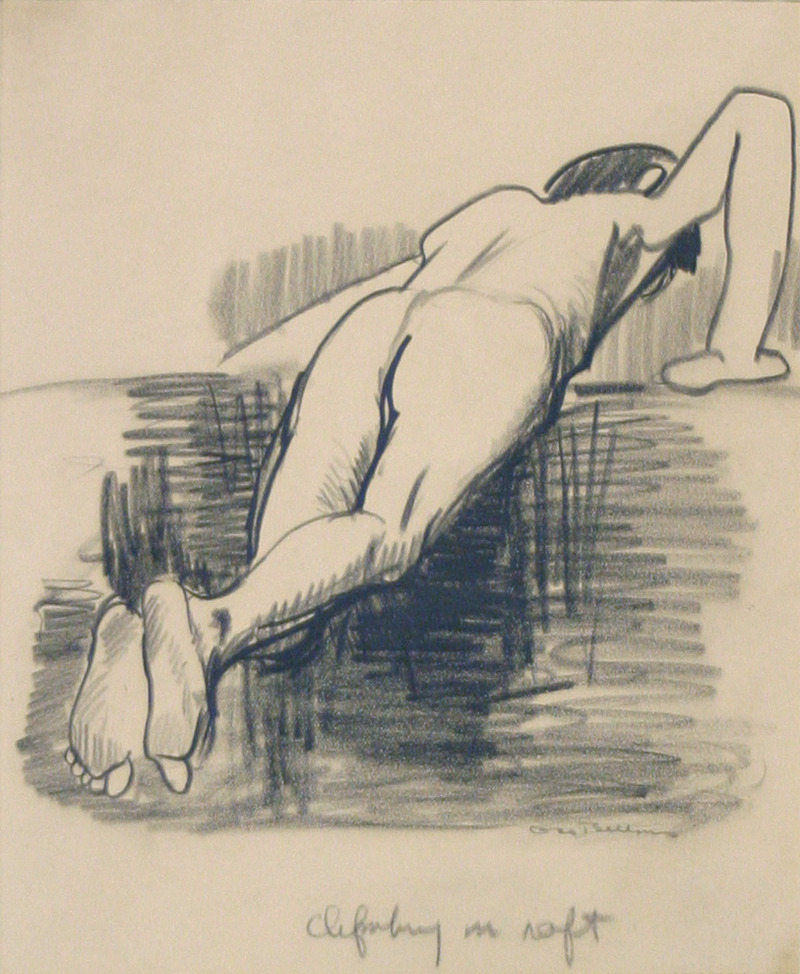
George Wesley Bellows
Climbing on Raft
20th century
Louis Gauffier
Académie d’homme assis (Seated Male Nude)
1786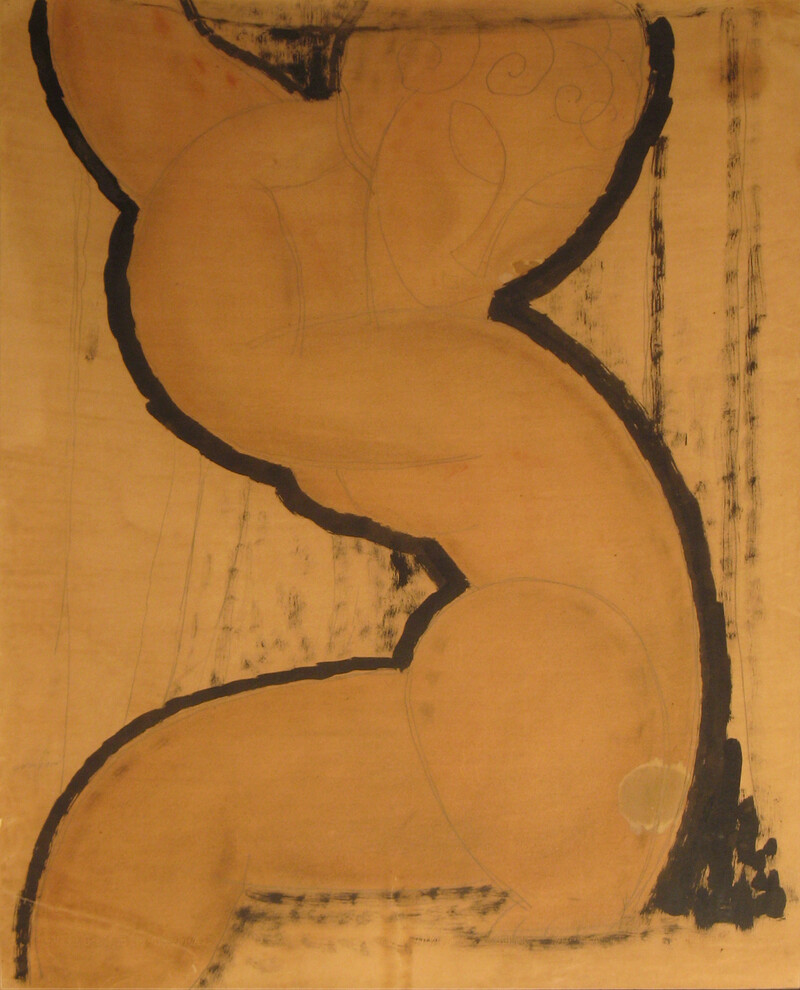
Amedeo Modigliani
Caryatid
1912–14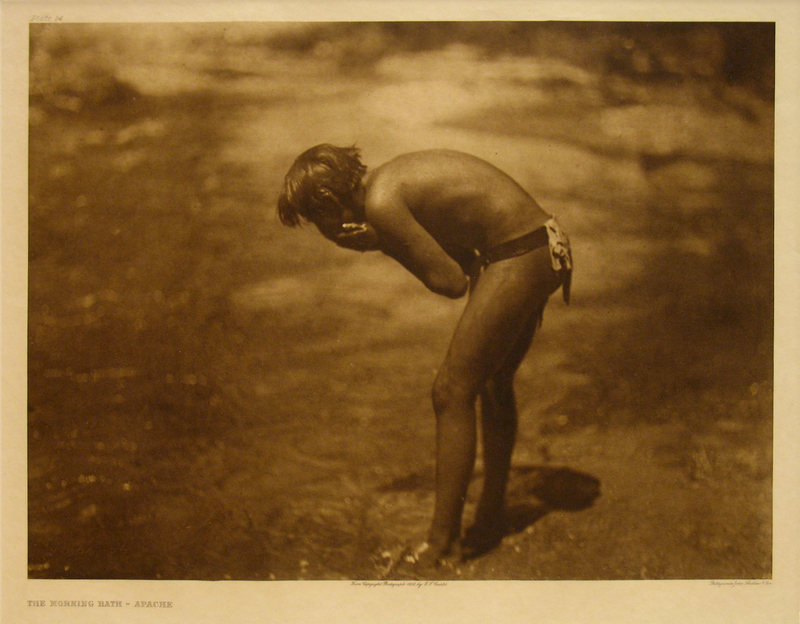
Edward Sheriff Curtis
The Morning Bath—Apache
1906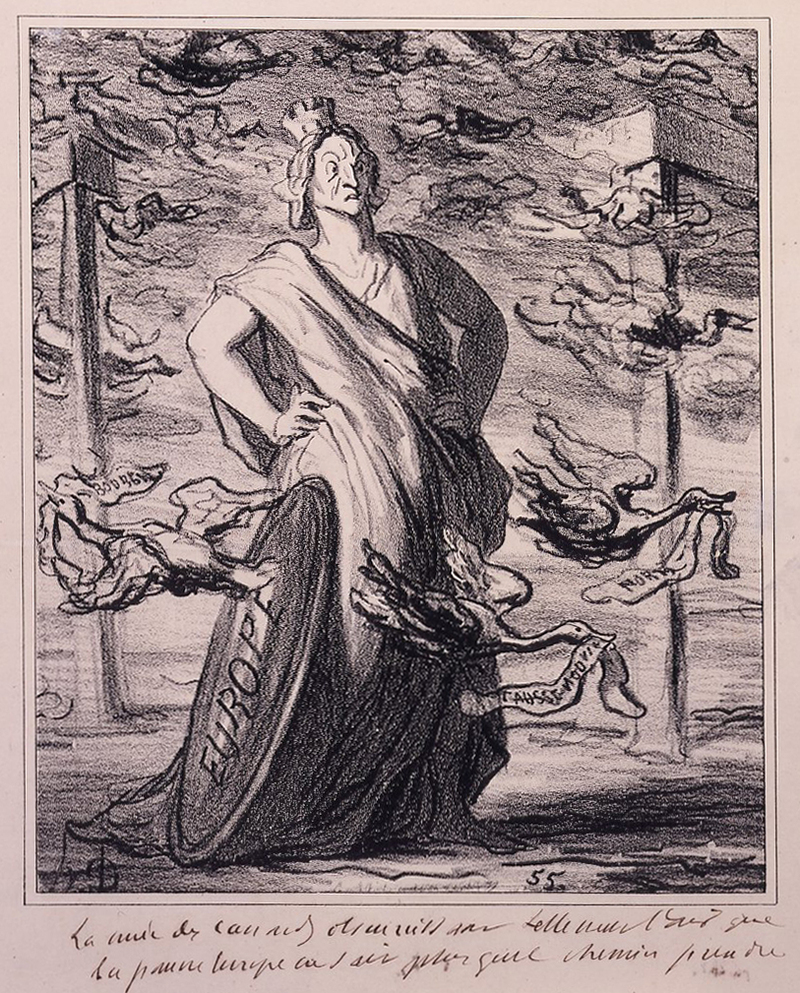
Honoré Daumier
Europe
1867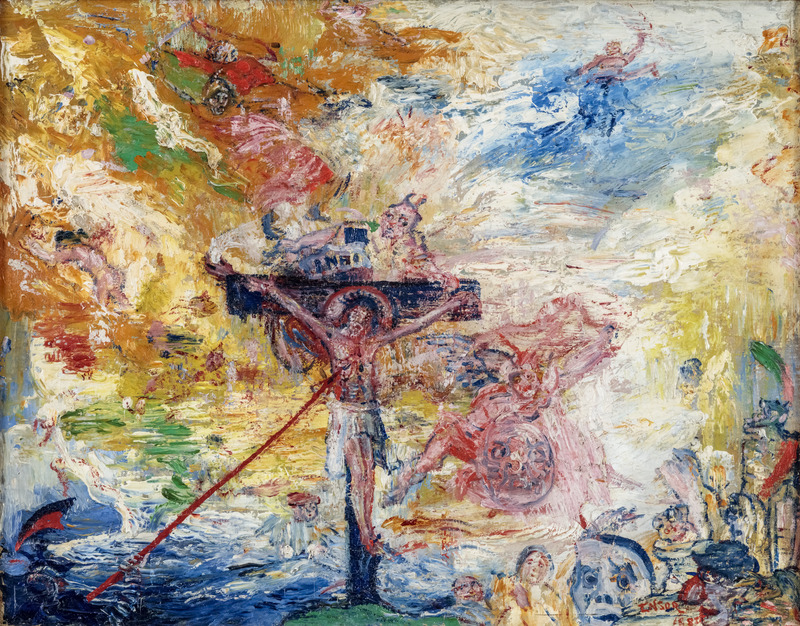
James Ensor
Le Christ tourmenté (Christ Tormented)
1888
Jacob G. Cuyp
Portrait of a Lady
c. 1640–50
Unknown (Greek)
Mask of a Satyr's Face
1st century BC
Unknown (Greco-Roman)
Torso
300 BC–300 AD
Unknown
Retouched counterproof of Parade of the Captured Chiefs
1600–8
Hendrick Goltzius
The Great Hercules
1589
Georges Rouault
L'automne (Autumn)
1936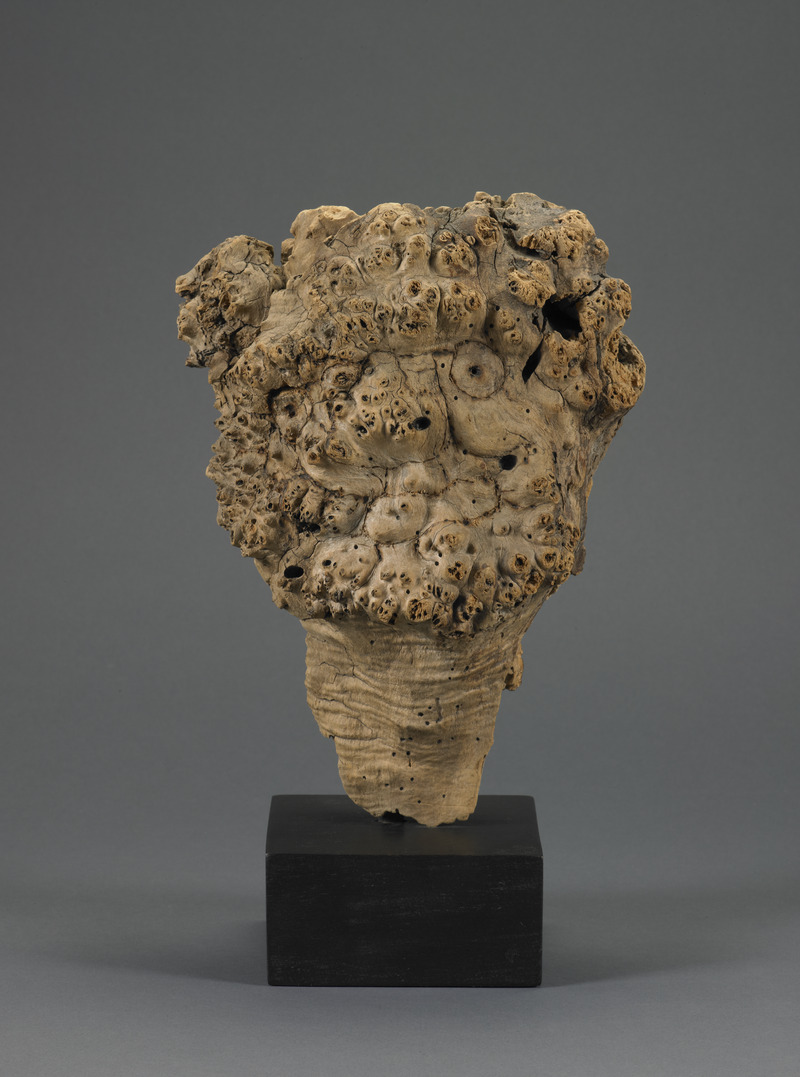
Jean Dubuffet
Tête barbue (Bearded Head)
1959
Edgar Degas
Torso (Woman Getting out of a Bath)
c. 1896–1911, cast c. 1919–21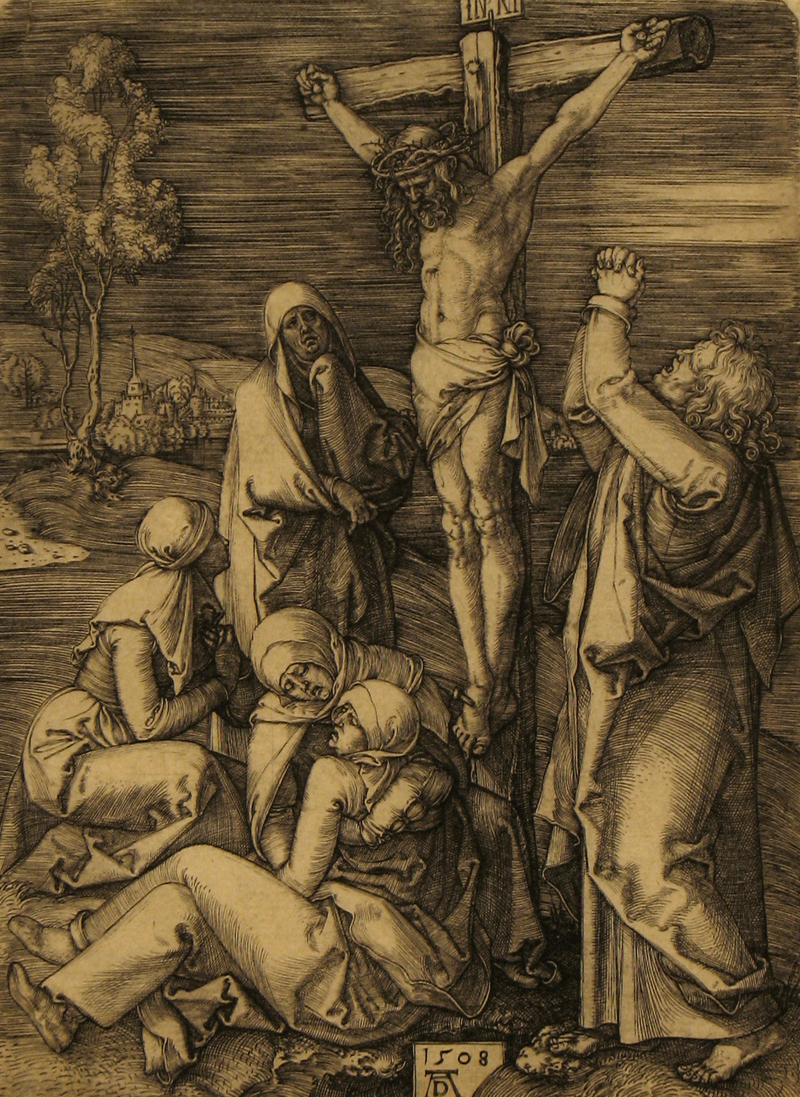
Albrecht Dürer
Christ on the Cross
1508Teaching Gallery
The Teaching Gallery is a space in the Kemper Art Museum dedicated to presenting works from the Museum's collection with direct connections to Washington University courses. Teaching Gallery installations are intended to serve as parallel classrooms and can be used to supplement courses through object-based inquiry, research, and learning. Learn more